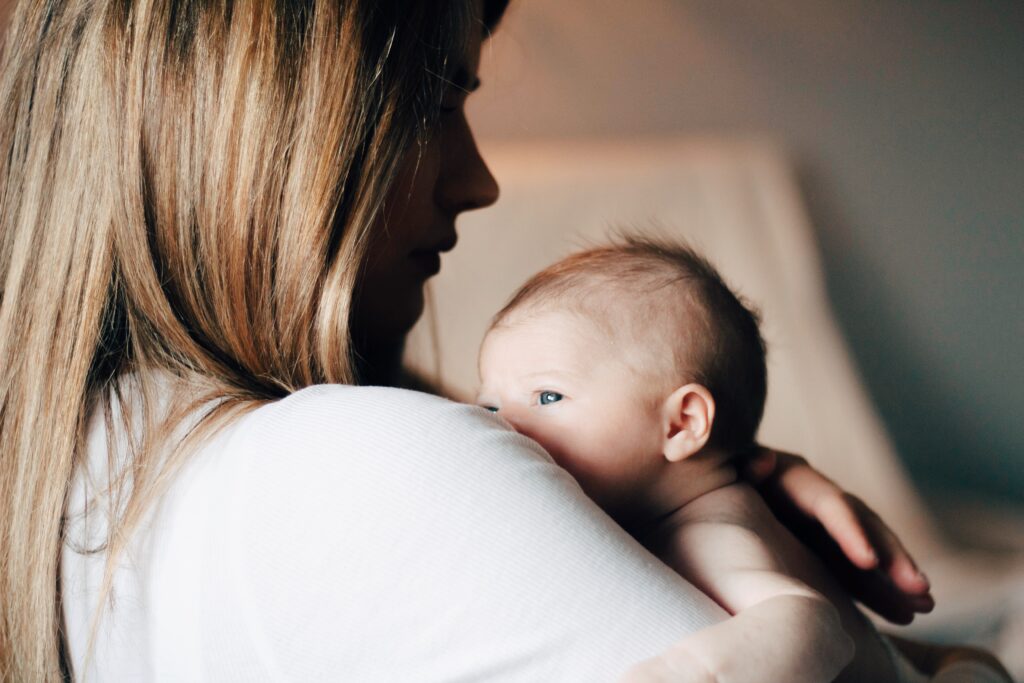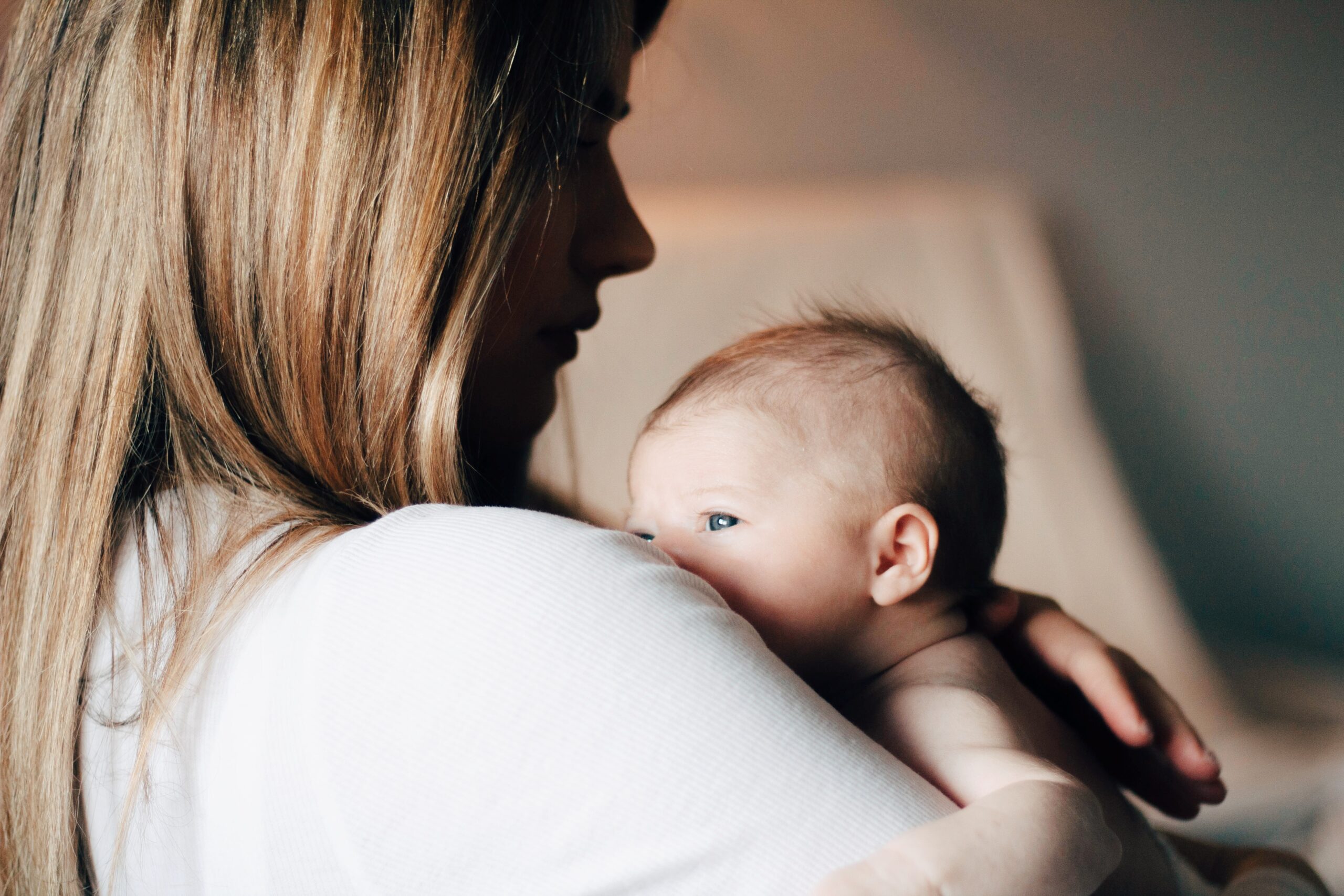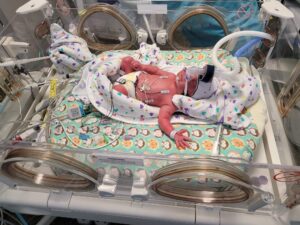
If you are getting ready for baby, chances are, you have baby wipes and diapers galore. You have the organic diaper cream too, right? You are more than prepared for baby’s bottom. But what about your bottom and healing the perineum?
Are you prepared to ensure good healing for yourself after birth?
How much healing you need may depend on how your birth unfolds.
Some people experience no tearing. They may have a bit of swelling and discomfort. Others may experience a bit of natural tears and minor lacerations or need several stitches. Occasionally, some will require an episiotomy.
Regardless of how your birth unfolds, whether theres minor or more severe trauma to the perineum, there are many things you can do to help heal.
Here are six ways to help you heal after your birth:
#1: Apply Witch Hazel to The Perineum
If you are like many pregnant people, you might already be stocked with witch hazel.
Witch hazel offers relief for annoying pregnancy hemorrhoids.
It also offers soothing relief from postnatal swelling, painful or irritated stitches and any hemorrhoids that worsened or arrived with birth.
Many women find freezing witch hazel pads and sticking them in their panties offers tremendous relief. The combination of witch hazel with coolness provides extra soothing power.
#2 – Take A Healing Soak In A Bath or Sitz Bath
A sitz bath sits on top of the toilet and allows you to soak your bottom in a few inches of water.
Sitz baths can help soothe swelling of the perineum, irritated stitches, and hemorrhoids. Sitz baths can help speed up postpartum healing.
Some people like to add herbs, Epsom salts (which contains magnesium, and is also good for aches and pains) and essential oils to their sitz baths. If you use any essential oils, be sure the oils are safely diluted and safe for the postpartum period.
There are online recipes and pre-made postpartum herbal bath items. However, it can be a good idea to ask your midwife or doctor if they have any recommendations.
#3 – Apply Ice Packs To The Perineum
A cool compress aids in reducing swelling. Swelling is often found with tears and pain. If your labia are swollen but not irritated, this can be related to normal edema. Ice will not aid with that swelling but can help swelling associated with stitches or natural tears.
Some facilities give out prepackaged perineal cool compresses. These items do not require any refrigeration and activate when bent in half. Putting some water in a newborn diaper or pad and then freezing also makes a great cool compress.
Some studies find cool compresses might be beneficial alongside other healing options. Cool compresses are soothing for some, while others do not find them helpful.
#4 – Take Caution With Your First Postpartum Bowel Movement
Pregnancy, birth, the postpartum period, and your newborn can lead to lots of thoughts about bowel movements.
Prior to pregnancy it is something that rarely took much thought. Many people are very anxious about their first postnatal bowel movement. Some will find it uncomfortable, while others it is purely anxiety.
How your birth unfolds, if pain medications are being used, if you have ongoing constipation, this can all lead to discomfort. Some providers recommend just taking stools softeners just in case. If your provider recommends it, it is often a great idea to take them.
Focus on hydrating and eating foods naturally high in fiber. Fresh fruit can be excellent for warding off postpartum constipation. The worse any constipation, the harder it can be to heal the perineum.
Even if anxiety hits, do not avoid going to the bathroom. Holding in a bowel movement can worsen constipation and make the next bowel movement worse. The good news, for most people the anticipation is much worse than having the bowel movement.
#5: Use A Peri Bottle To Help Heal Your Perineum
A peri bottle (a little squirt bottle) given at many birthing facilities, can be helpful in the postpartum period. Wiping after urinating or having a bowel movement needs to be done with care. Using the bottle to rinse can make it easier to just dab gently rather than wipe and irritate your perineum.
Some people also find they have difficulty urinating in the immediate postpartum period. Using the peri bottle to squirt warm water can trigger some to empty their bladder. The warmth triggers relaxation and release.
#6: Give Yourself Plenty Of Rest Time
Growing an entire human and then giving birth to said human is a big task. It is one very worthy of loads of rest to recover. Please do your best to listen to your body.
If you use the stairs too often, lift a lot, or try to run too many errands and you notice more perineal pain, try to rest. The postpartum recovery is truly a weeks, even months, process and not just a couple of days.
Resuming Sexual Activity – Perineum and Sex
As your body begins to heal, postpartum bleeding stops and your provider gives the okay, remember to take it slow when you resume sexual activity.
It can be common to experience tightness, strong nerve sensations, and discomfort where any tears or stitches healed the first few times you have sex.


